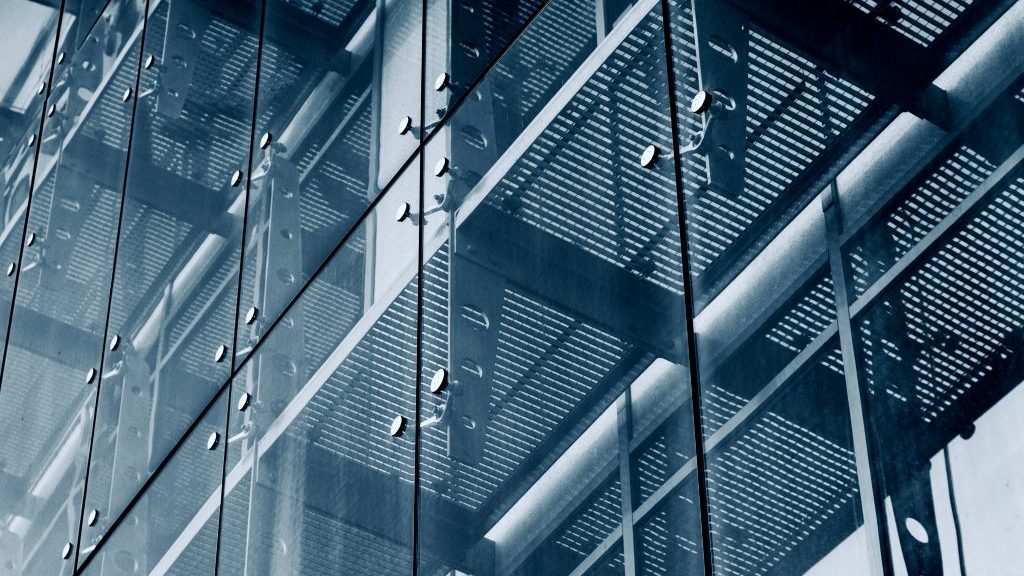GlasCurtain Inc. has been awarded certification from the Passive House Institute (PHI) in Darmstadt, Germany, for the company’s THERM line of thermally broken glass curtain wall systems.
It’s the first-ever curtain wall system certified by PHI for cold-climate application and represents a global breakthrough for the Canadian company.
GlasCurtain has operations in Edmonton and Calgary and has been manufacturing stick-built window framing and glazing systems for on-site assembly since 2014.
Gaining Passive House certification was an ambitious objective for the young Canadian company. Yet it was a goal to which managing director Peter Dushenski was fully committed, both from architectural and engineering perspectives.
“As energy codes tighten, the easy thing to do is to reduce window-to-wall ratios — that is, reduce the amount of glazed area in the building,” he said.
“But we are part of nature and we want a connection to nature. Good architecture always has a lot of glazed areas. It’s hard to imagine a Mies van der Rohe building with only 20 per cent area glazing.”
However, to achieve cold-climate certification, GlasCurtain had to submit to what Dushenski described as a near-obsessive attention to detail and science demanded by the Passive House Institute.
“It is very highly detail-oriented — essentially 3D modelling down to the molecular level,” he said.
For the certification modelling process, Passive House makes various assumptions regarding differences in temperatures, paths of energy flow and airspeed.
These were unfamiliar to GlasCurtain, requiring the company to retain engineering consultants in order to fully grasp the PHI methodology.
“After that, it’s basically a series of continual refinements — the shape of a gasket or the secondary seal on a pane of glass,” said Dushenski.
“They also look at installed situations, not just a freestanding system. They examine the wall assembly to make sure you have factored in as much of a real-world scenario as possible. It was a comprehensive effort.”
The net result was a cold-climate certification for GlasCurtain’s THERM system that equates to an R10 insulation value.
We’ve always tried to stay about 10 years ahead of the industry. This Passive House certification launches us ahead once again,
— Peter Dushenski
GlasCurtain Inc.
What also makes the GlasCurtain product line interesting, and key to the company’s successful PHI certification, is its FRP or fibreglass framing.
Dushenski explained that the commitment to composite frame construction was made early in the company’s history, in anticipation of future building codes and customer expectations.
Glass curtain walls have changed, Dushenski said.
“Over the last five years, perhaps 20 per cent of projects were triple-glazed. Now we’ve seen that almost flip, with most of the market going with triple glazing as the baseline. We found there was a real dearth of options in the marketplace, especially as triple-glazing was becoming the new industry norm. Down the road, we recognized that framing would be the primary thermal bridge in the building envelope.
“Composite materials are being used increasingly across the architectural space. We are the first to apply it to the curtain wall frame.”
In making his case for fibreglass framing versus commonly used aluminum, Dushenski suggests that aluminum simply does not offer the same level of thermal performance in triple-glaze installations.
He said fibreglass framing reduces thermal bridging by about 35 per cent and offers reduced expansion and contraction that improves air and water resistance.
GlasCurtain’s stick-built assembly process also delivers better envelope integrity due to increased flexibility and control of site installation variances, versus unitized aluminum curtain panels.
Dushenski said these benefits are all possible with shorter order lead times and usually lower costs.
Passive House certification for cold-climate applications could take GlasCurtain’s THERM product line to new heights in industry recognition and serve as a base for future design enhancements.
Dushenski is hoping to add to his team of installation partners across Canada and feels his company’s product now has export potential to countries like Sweden and Norway that share Canada’s cold-climate zone rating.
“We’ve always tried to stay about 10 years ahead of the industry,” he said.
“This Passive House certification launches us ahead once again.”











Recent Comments